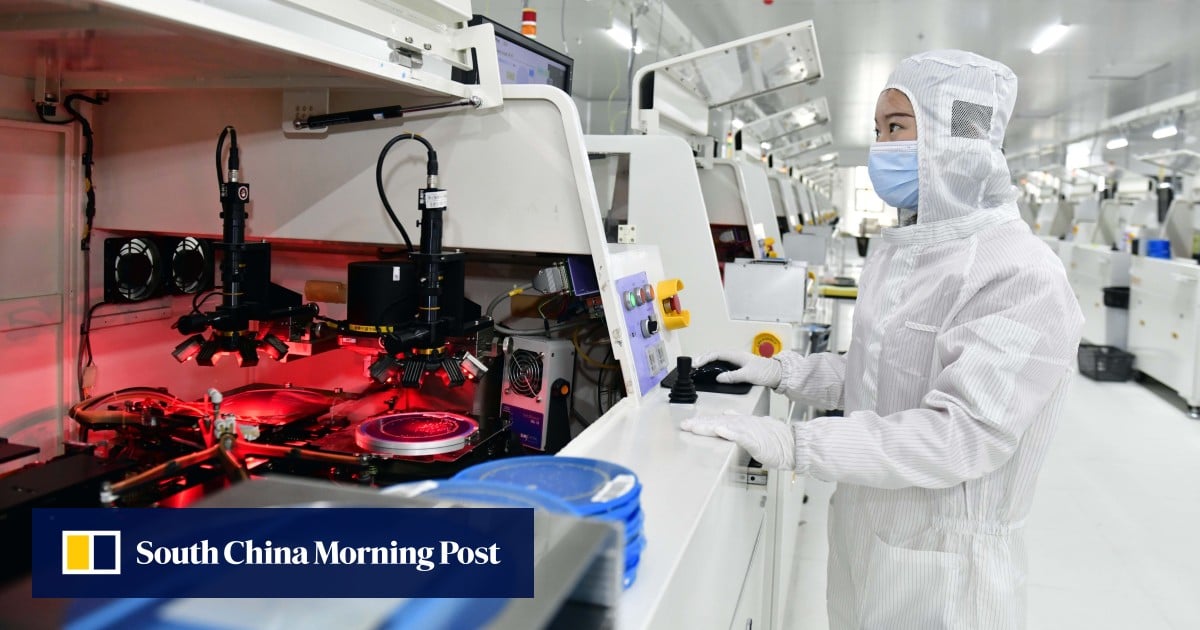
09 Apr China pledges US$69 billion in credit backing for tech after resurrecting dormant financial tools

The refinancing will cover 60 per cent of the principal for qualifying loans to tech-based small and medium-sized enterprises, and can be extended twice for an additional year each time, the central bank said in an online statement.
“[The loans] will guide financial institutions to provide credit support to tech-focused enterprises in their start-up and growth phases, as well as projects focusing on digitalisation, intelligence enhancement, high-end upgrades, eco-friendly technological transformation and equipment renewal in key sectors,” it said.
The PBOC had 17 structural support tools in active use by the end of last year, with an cumulative outstanding size of 7.5 trillion yuan – 16.4 per cent of central bank assets.
Of these, 13 – including loans and relending for small businesses, toll roads, private firms, property delivery, logistics and carbon emissions reductions – were launched as temporary measures during the pandemic. Seven have already expired.
China’s monetary mix more ‘effective’, economy-focused than West’s easing policy
China’s monetary mix more ‘effective’, economy-focused than West’s easing policy
The previous relending tool for tech, carrying a quote of 400 billion yuan, began in April 2022 and has since expired. The earlier equipment renovation tool, with a quota of 200 billion yuan, was in active use from September to December of 2022.
“The structural monetary policy tools are primarily operated by large banks, while the actual recipients of loans are mainly SMEs,” said Zong Jiani, an analyst with China Foreign Exchange Trade System, in an article last month.
“When aiming to achieve credit expansion through monetary policy, it is essential to prioritise the use of traditional policy tools, especially interest rate cuts and comprehensive reserve requirement reductions,” she wrote.
It also falls in line with the need for large-scale equipment upgrades mentioned at the February meeting of the Central Financial and Economic Affairs Commission, a goal which serves dual purposes: turning the country’s sizeable fixed-asset investment into a source of stimulus, and advancing its enormous manufacturing sector.
Structural tools like the relending programme are intended to aid China as it grapples with a persistent slump in the property market and weak investor confidence, both of which will test the country’s ambitions to grow its economy by 5 per cent this year.
“[These] tools are receiving more attention,” wrote Wang Qing, an economist with Golden Credit Rating, in a note on Sunday.
“[They] are not only a way to invest base money supply, but also can guide the flow of funds more accurately.”
